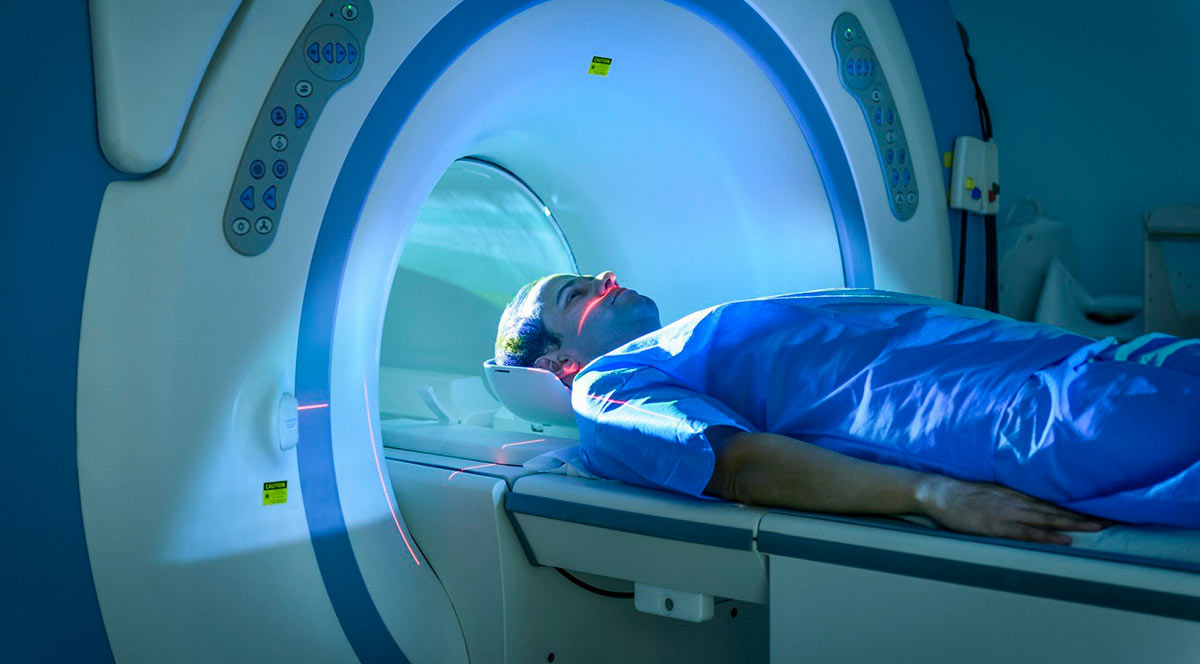Introduction:
Magnetic Resonance Imaging (MRI) stands as a pivotal medical imaging technique, offering non-invasive insights into the human body's intricate anatomy and pathology. By utilizing strong magnetic fields and radiofrequency pulses, MRI generates detailed cross-sectional images of internal structures. However, the subtle variations in tissue characteristics sometimes result in inadequate differentiation between various tissues, hampering the diagnostic potential. To overcome this limitation, contrast agents, also known as contrast media, have been developed to enhance the visibility of specific anatomical features and pathologies within the images.
Types of Contrast Agents:
Gadolinium-Based Contrast Agents:
Gadolinium-based contrast agents (GBCAs) are widely utilized in clinical practice. These agents contain gadolinium, a rare-earth metal that modifies the relaxation properties of surrounding hydrogen nuclei. This alteration leads to improved contrast in the resultant images. GBCAs enhance the visibility of various structures, such as blood vessels, tumors, and inflammatory lesions, aiding in accurate diagnoses.
Superparamagnetic Contrast Agents:
Superparamagnetic contrast agents are a newer class of contrast agents, particularly promising for high-resolution imaging. These agents consist of nanoparticles that exhibit superparamagnetism – they become magnetic when exposed to an external magnetic field. This property enhances their interaction with surrounding tissues, resulting in improved signal intensity and contrast, crucial for imaging fine anatomical structures and microvascular networks.
Iron Oxide Nanoparticles:
Iron oxide nanoparticles represent a unique advancement in contrast agents. These nanoparticles possess magnetic properties and can be engineered to target specific tissues or cells. In vascular imaging, they provide insights into blood flow dynamics, helping diagnose conditions like thrombosis or atherosclerosis. Additionally, their potential for dual use in both diagnosis and therapy, known as theranostics, showcases their versatility.
Applications of Contrast Agents:
Tumor Diagnosis:
Contrast agents play a pivotal role in oncology by enhancing the visualization of tumors. When injected, these agents accumulate in tumor tissues due to the altered vascularization and increased permeability. This accumulation accentuates the contrast between normal and pathological tissues, enabling accurate tumor detection, characterization, and assessment of treatment response.
Vascular Imaging:
Contrast agents revolutionize the assessment of blood vessels, particularly in angiography and vascular pathology detection. By accentuating the vessel lumens and highlighting abnormalities such as aneurysms or stenoses, these agents empower clinicians to make informed decisions regarding interventions or surgical procedures.
Neurological Disorder Diagnosis:
Neurological disorders often require precise imaging of the central nervous system. Contrast agents aid in differentiating between healthy and abnormal tissues. In neurology, their application extends to identifying lesions, inflammations, or demyelination, thereby guiding therapeutic strategies and disease monitoring.
Risks and Precautions:
Allergic Reactions and Toxicity:
Although rare, allergic reactions to contrast agents are a concern. Patients with a history of allergies, especially to iodinated or gadolinium-based agents, require thorough evaluation before administration. Precautions, such as administering antihistamines or steroids, can mitigate potential reactions.
Nephrogenic Systemic Fibrosis:
Nephrogenic systemic fibrosis is a rare but serious condition associated with the use of gadolinium-based contrast agents in patients with impaired renal function. Pre-screening patients for renal function and choosing alternative imaging modalities when necessary is crucial.
Use in Pregnant Women and Children:
The use of contrast agents in pregnant women and children is limited due to safety concerns. Balancing potential benefits against the possible risks is essential, often leading to careful consideration and alternative imaging options whenever feasible.
Conclusion:
MRI contrast agents have revolutionized diagnostic capabilities, enabling clinicians to explore the human body's intricacies with unprecedented precision. While risks exist, advancements in agent design, administration protocols, and risk assessment contribute to enhanced patient safety. As medical research continues to evolve, MRI contrast agents will remain invaluable tools, driving the field of radiology towards increasingly accurate diagnoses and improved patient outcomes.
